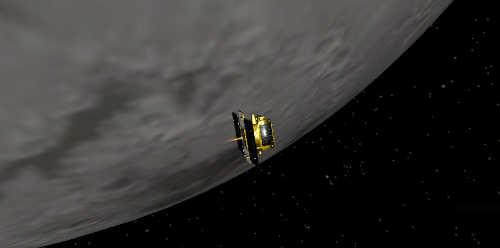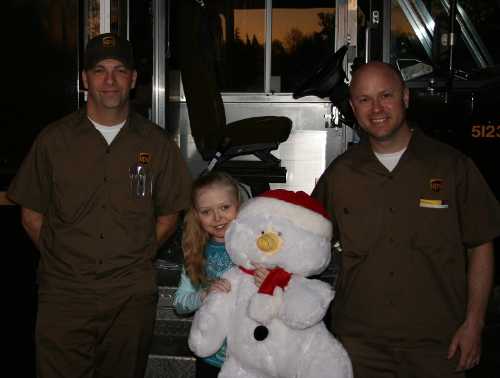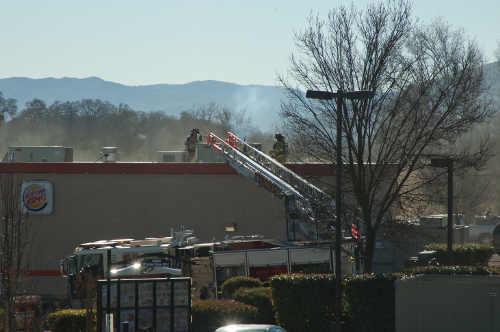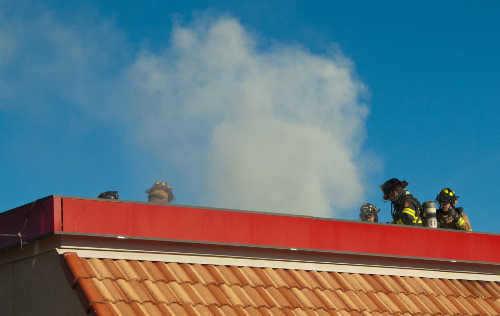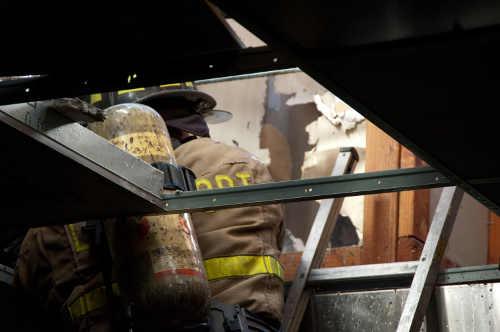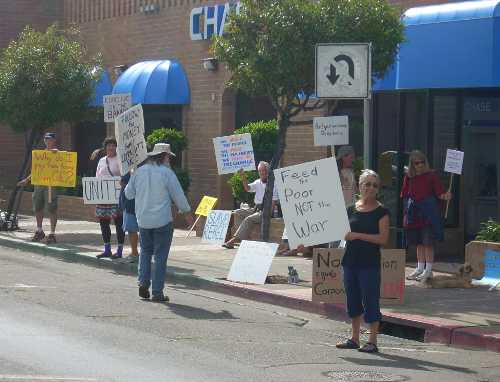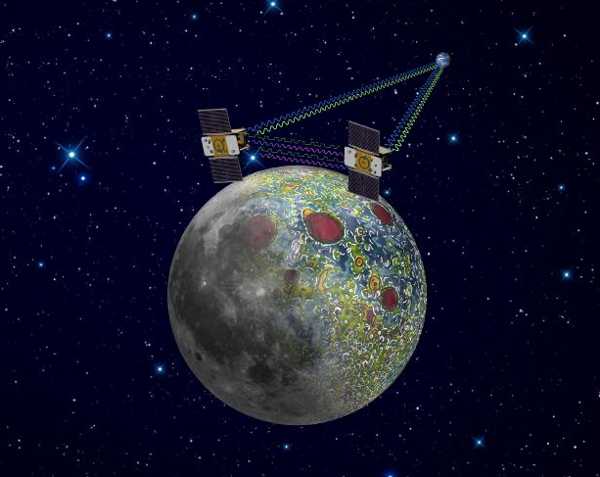- Elizabeth Larson
- Posted On
Golden State Water fined $1 million, ordered to refund $9.5 million to customers
In a decision announced Dec. 15, the CPUC levied a $1 million fine on San Dimas-based Golden State Water Co. for not informing the commission of the company’s internal control failures and the impact of those failures on its rates.
The fine is to be paid by Golden State Water shareholders to the state’s general fund, the CPUC reported.
The CPUC also ordered Golden State Water to refund $9.5 million in refunds to customers in its Clear Lake service area along with customers in Arden Cordova, Bay Point, Los Osos, Ojai, Santa Maria and Simi Valley over the next three years.
According to the 16-page agreement, Golden State Water’s 2,200 Clearlake customers are to see refunds totaling $1,437,211 over the next one to three years.
In addition, the commission is requiring Golden State Water to reduce its plant costs by $2.5 million, which it said will result in lower future rates and reduce other amounts owed by certain customers by $500,000.
CPUC President Michael R. Peevey said the settlement followed “a robust investigation into allegations that Golden State Water did not exercise reasonable management oversight and failed to apply adequate internal controls over its procurement for plant improvements."
Golden State Water released a statement in which it said the agreement it reached with the CPUC settled an eight-year-old contracting matter which began after two Northern California-based Golden State Water executives violated internal bidding procedures for work – much of it dating back to the 1990s – involving one contractor.
The company said in its statement that it disputed many of the conclusions reached by commission staff but that it agreed to settle the case “to avoid the uncertainty of a costly legal battle.”
Golden State Water “had long ago put in place safeguards to ensure that such a problem would not happen again,” said Robert Sprowls, chief executive officer and president of American States Water Co. and its wholly-owned subsidiary, Golden State Water Co.
“I am pleased that we were able to reach an agreement that is good for all parties,” Sprowls said. “The settlement reflects our commitment to our customers, who will be the greatest beneficiaries of this agreement, and our recognition of the importance of maintaining positive relations with the CPUC.”
Golden State Water said that when the contracting problem surfaced in 2003, it launched a thorough investigation which led to the firing of the two executives alleged to be responsible for the violations.
The company also said it severed all ties with the contractor that it found to be at fault, and hired independent experts to evaluate both the financial issues and the quality of the work.
Golden State Water said it conducted a top to bottom review of its policies and procedures, putting in place additional safeguards – among them, a more rigorous employee code of conduct, ethics training, a confidential employee hotline and an anti-fraud committee reporting directly to the board of directors – in order to prevent similar problems from happening again.
The CPUC said it will conduct three additional independent audits and require Golden State Water's management to report on internal controls related to the company's procurement practices over the next 10 years.
Those audits will coincide with Golden State Water’s next two general rate cases, the first of which is anticipated to be filed for 2016, to seek rate increases, according to the agreement.
Golden State Water reported that it has agreed to participate in the audits.
“The commission directed Golden State to view the settlement as a fresh start to vigorously enforce strong and effective internal controls; we understand this direction and will comply,” said Sprowls.
E-mail Elizabeth Larson at This email address is being protected from spambots. You need JavaScript enabled to view it. . Follow Lake County News on Twitter at http://twitter.com/LakeCoNews, on Tumblr at www.lakeconews.tumblr.com, on Google+, on Facebook at www.facebook.com/pages/Lake-County-News/143156775604?ref=mf and on YouTube at www.youtube.com/user/LakeCoNews .

 How to resolve AdBlock issue?
How to resolve AdBlock issue? 



